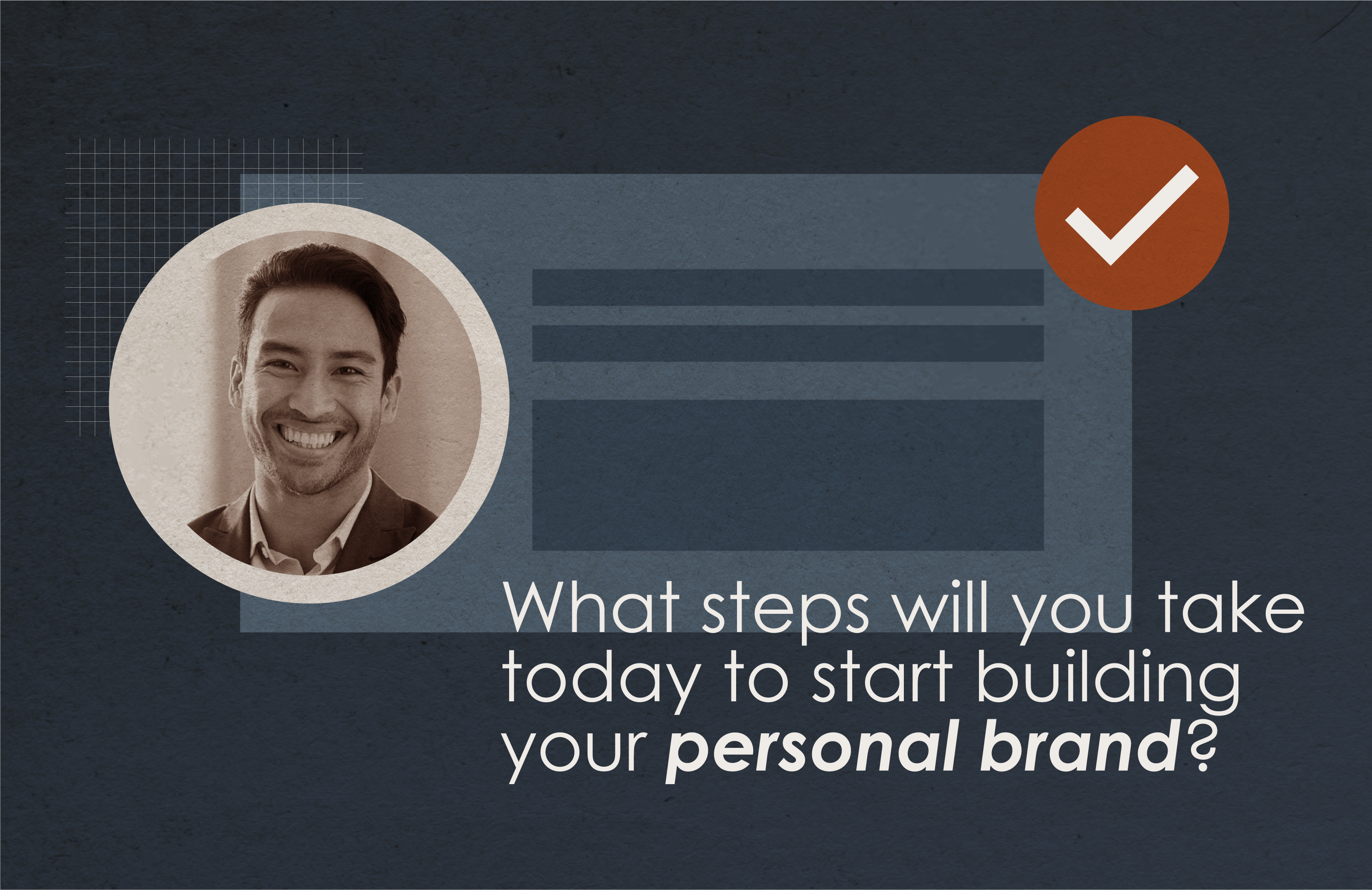In today’s competitive job market, cultivating a strong personal brand is more essential than ever. The challenge is no longer simply about what’s on your resume, but about crafting a cohesive narrative across multiple touchpoints: resumes, cover letters, LinkedIn profiles, and even personal websites or portfolios.
Employers are increasingly turning to digital platforms to vet candidates before interviews, so inconsistencies in your message can raise red flags. The question is: how can you create a personal brand that not only gets you noticed but also resonates across every platform?
What is Personal Branding, and Why Does it Matter?
At its core, personal branding is the intentional process of positioning yourself as an expert or thought leader in your field. Your brand communicates your skills, experience, and value to prospective employers in a way that distinguishes you from the competition. But a brand is not a random collection of qualifications; it’s a carefully curated message that needs to be consistent across all platforms. Inconsistency can create confusion and erode trust. For example, a resume touting leadership experience won’t align with a LinkedIn profile that lacks examples of leadership roles.
A strong personal brand makes it easier for employers to connect the dots between what they see on paper (or a screen) and what they’ll get if they hire you. As Jeff Bezos famously said, “Your brand is what other people say about you when you’re not in the room.”1 So, what are people saying about you?
How to Create Your Personal Brand
Step 1: Define Your Personal Brand Message
Before you begin tweaking resumes and updating LinkedIn, take a step back and consider the narrative you want to tell. Ask yourself:
- What are your unique strengths?
- How do your past experiences position you as a valuable candidate for your desired role?
- What are your career goals, and how do they shape your brand?
To gain clarity, reflect on past feedback from colleagues or performance reviews.
- What are the qualities people consistently praise?
- Is there a particular area where you’ve consistently demonstrated success?
- Once you’ve pinpointed your key strengths, you can create a message that emphasizes those strengths across every touchpoint.
Step 2: Align Your Resume with Your Brand
The resume is often the first glimpse an employer has into your professional life, so it needs to showcase your brand immediately. Here’s how to ensure your resume aligns with your brand:
Tailor Your Resume to the Job: Each resume should be slightly adjusted to fit the role you’re applying for, but the core brand message should remain consistent. Highlight experiences that underscore your key strengths.
Use Keywords Strategically: Ensure that the language you use on your resume reflects the terminology of your industry. This not only improves your chances of passing automated applicant tracking systems but also reinforces your expertise.
Show, Don’t Tell: If leadership is a core aspect of your brand, list examples where you led teams or initiatives. Back these claims with quantifiable achievements. Employers will believe in your brand if you provide evidence.
Step 3: Write a Cover Letter that Tells a Story
The cover letter offers an opportunity to expand on the concise details in your resume. While it shouldn’t be a rehash of your resume, it should connect the dots and tell a more complete story of who you are as a professional. A compelling cover letter can highlight your personal brand through:
Personalized Introductions: Address the hiring manager by name if possible, and reference specifics about the company or role to show you’ve done your homework. This demonstrates that you’re serious about aligning your brand with their needs.
Narrative Structure: Your cover letter should convey not only what you’ve done but also why it matters. For example, explain how a particular skill set helped drive results in a previous role and how that experience can bring value to the employer.
Consistency: Ensure that the values and strengths highlighted in your resume carry through in your cover letter. Don’t introduce new, unrelated skills; focus on deepening the narrative.
Step 4: Optimize Your LinkedIn Profile for Brand Consistency
LinkedIn has become a pivotal platform for both job seekers and recruiters. With over 900 million users globally, it is one of the first places recruiters go to verify a candidate’s professional story. Here’s how to align your LinkedIn profile with the rest of your personal brand:
Profile Photo and Headline: Choose a professional, high-quality headshot that conveys confidence. Your headline should be more than just a job title—use it as a personal branding statement. For example, instead of “Project Manager,” opt for “Project Manager | Driving Digital Transformation in Healthcare.”
Summary Section: This is your opportunity to introduce your brand in a conversational but professional tone. Your summary should capture the essence of your experience, skills, and career aspirations. It’s your personal elevator pitch, so make it count.
Experience Section: Ensure that the job titles, responsibilities, and achievements listed on LinkedIn mirror what’s on your resume. Inconsistencies can signal a lack of attention to detail, which can hurt your chances of landing an interview.
Engagement: LinkedIn also allows you to demonstrate thought leadership through sharing articles, commenting on industry trends, and participating in relevant discussions. This can further cement your brand as someone who is knowledgeable and engaged in their field.
Step 5: Leverage Other Platforms Strategically
While LinkedIn and your resume are crucial, don’t overlook other platforms where you might be visible. If you have a personal website, portfolio, or even active social media accounts, ensure these platforms reinforce your personal brand as well. The content you post or share should reflect the same professionalism, expertise, and focus evident in your resume and LinkedIn profile.
Be mindful of what prospective employers might discover if they search for you online. Clean up any irrelevant or inappropriate content and curate a professional online presence that aligns with your career objectives.
Final Thoughts: Consistency is Key
Cultivating a cohesive personal brand isn’t just a one-time task—it’s an ongoing process. As your career evolves, so should your brand. Regularly update your resume, LinkedIn, and other platforms to reflect new achievements and shifting career goals. Above all, remember that consistency across all platforms is critical. If you present a unified, credible story of who you are and the value you bring, you’ll be far more likely to attract the right opportunities. So, what steps will you take today to start building your personal brand?




